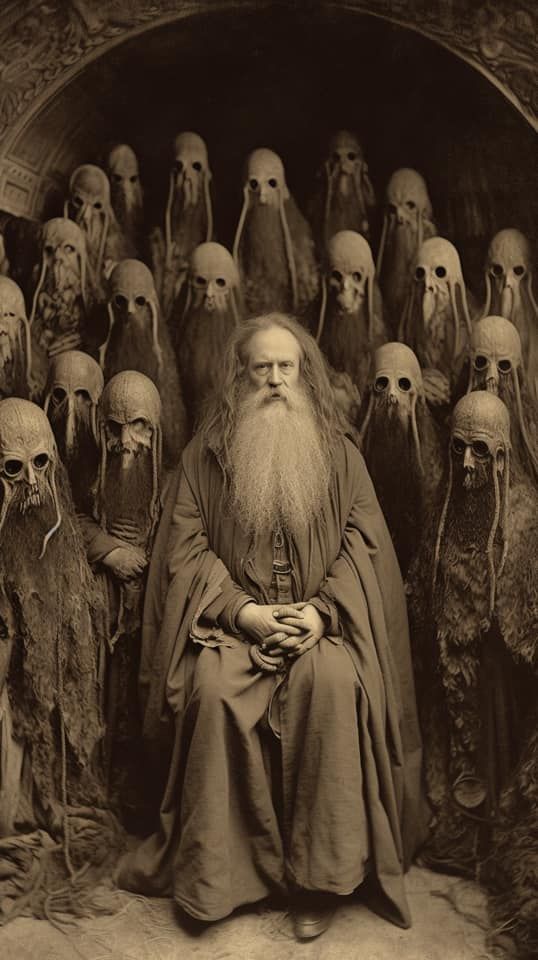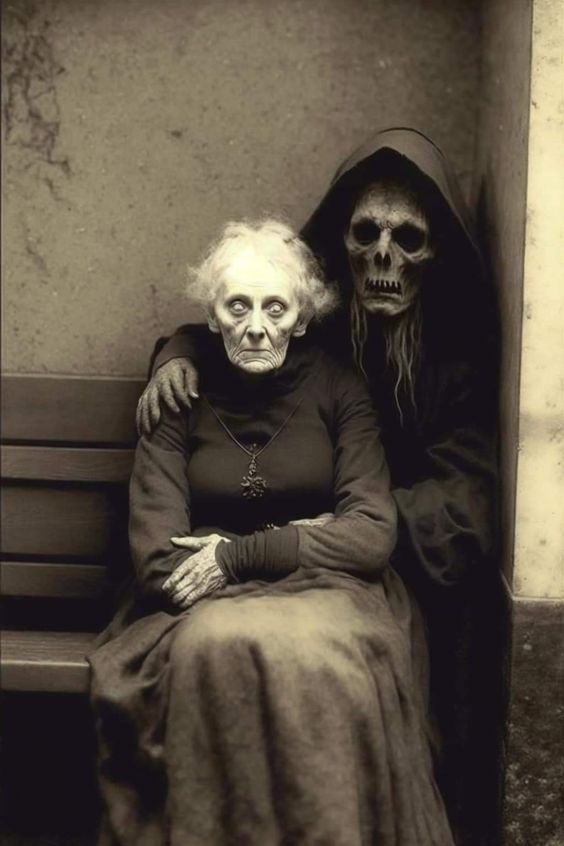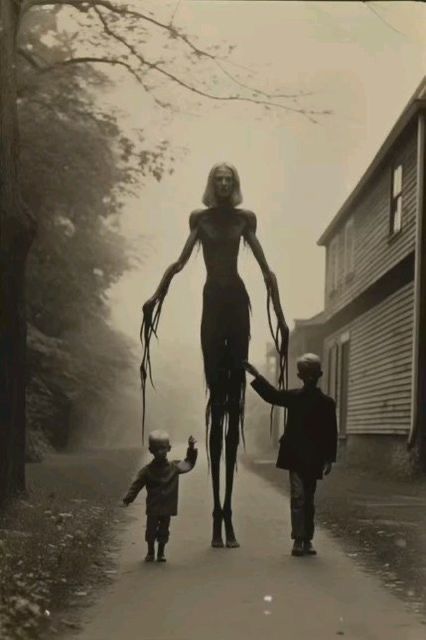Throughout history, the notions of biblical curses and demonic encounters have both fascinated and terrified humanity. These dark and mysterious phenomena have been reported across centuries, often blurring the lines between myth, religion, and reality. From the 17th century to modern times, the tales of these supernatural occurrences continue to captivate our imaginations.
Biblical curses are deeply rooted in the scriptures, where they are described as divine punishments for disobedience and sin. The Old Testament, in particular, is replete with accounts of curses inflicted by God on individuals, families, and even entire nations. These curses often involved plagues, famine, and other calamities, intended to bring about repentance and restoration of divine order.

The 17th century was a period rife with reports of curses and demonic encounters, fueled by religious fervor and superstition. One of the most famous cases is the Salem witch trials of 1692, where accusations of witchcraft led to hysteria and the execution of 20 people. Many of the alleged witches were believed to have invoked curses and consorted with demonic forces.
Another significant event was the Loudun possessions in France, where a group of Ursuline nuns claimed to be possessed by demons. The case gained widespread attention, and the priest Urbain Grandier was accused of witchcraft and subsequently burned at the stake. The Loudun possessions remain one of the most well-documented cases of demonic encounters from that era.

In contemporary times, stories of biblical curses and demonic encounters have not waned. Instead, they have evolved, often intersecting with popular culture and media. Paranormal investigations, horror films, and literature continue to explore these themes, keeping the fascination alive.
One notable modern case is the possession of Anneliese Michel in the 1970s. The young German woman underwent 67 exorcisms, performed by two priests, and her story inspired the film “The Exorcism of Emily Rose.” Despite medical evidence suggesting epilepsy and mental illness, many believe that Anneliese was truly possessed by demonic forces.
The enduring belief in biblical curses and demonic encounters highlights their profound psychological and cultural impact. These stories often reflect societal fears and anxieties, providing a framework for understanding the inexplicable. They also serve as cautionary tales, emphasizing the consequences of straying from moral and religious codes.

While many dismiss these phenomena as mere superstition, some scientists and researchers have attempted to find rational explanations. Psychological conditions such as epilepsy, schizophrenia, and dissociative identity disorder can manifest symptoms that were historically attributed to demonic possession. However, the sheer number and consistency of these accounts across different cultures and periods continue to provoke curiosity and debate.
From the chilling tales of the 17th century to the spine-tingling stories of today, biblical curses and demonic encounters remain an enduring part of human lore. Whether viewed through the lens of faith, psychology, or cultural studies, these phenomena offer a fascinating glimpse into the darker aspects of human experience. As we continue to explore and understand these mysteries, they remind us of the thin veil that separates the known from the unknown.





